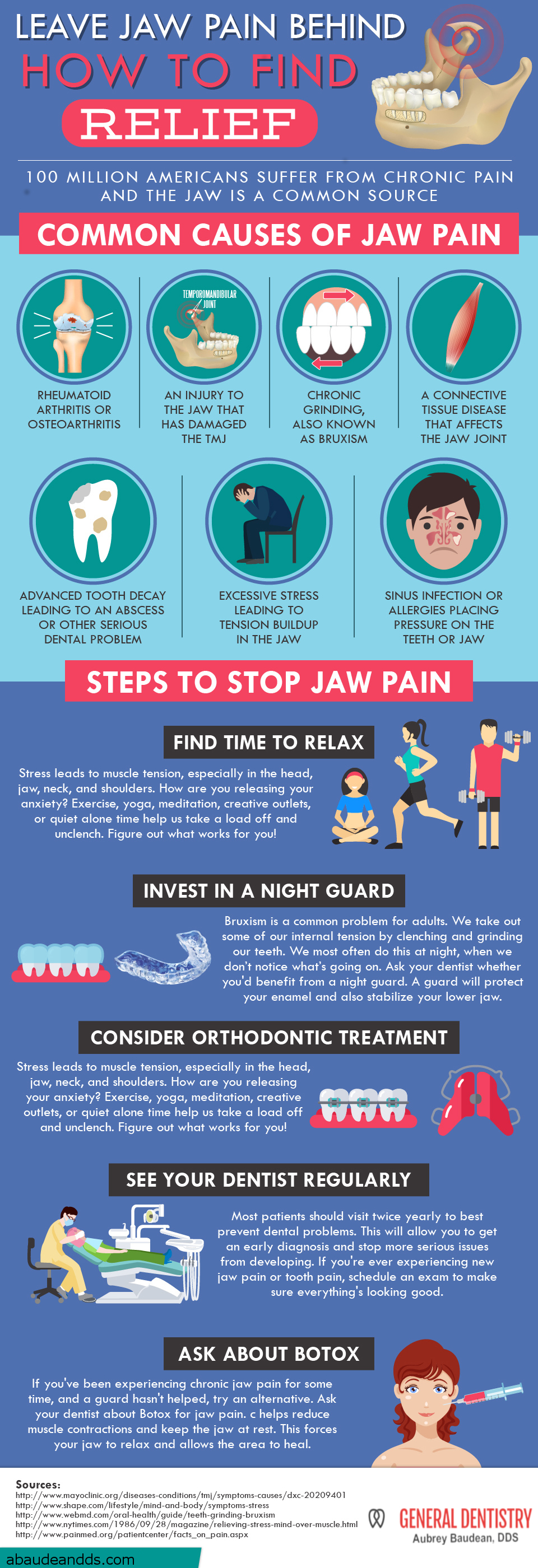
Your jaw works incessantly every day, allowing you to speak and chew. The area responsible for the full range of your lower jaw’s movement is known as the temporomandibular joint. Though commonly referred to in the singular, there are two TMJs, one on each side of your jaw. This delicate joint allows the lower jaw to move forward, side-to-side, and even in circular motions. With mistreatment or malfunction, this joint can be compromised.
The TMJ experiences such ongoing pressure that it is common for pain to occur in the area. This pain can be tricky to diagnose and may be due to a factor other than a temporomandibular joint disorder. By visiting our office, you’ll be able to begin understanding your jaw pain and moving toward a solution with TMJ treatment.
Signs of Temporomandibular Joint Disorder
While your jaw pain may not be due to TMD, it is a common cause of jaw discomfort. You may have a jaw disorder if your pain is accompanied by any number of the following symptoms, on either or both sides of your jaw:
- Facial swelling
- Head pain
- Ear pain
- A jaw that feels exhausted and hard to move
- A clicking or popping sound when the jaw opens and closes
Even if the problem is not TMD, we will be able to recommend you to a specialist for appropriate diagnosis and treatment.
TMJ Treatment for TMD

We offer a TMJ exam for those experiencing jaw pain or problems. During this appointment, Dr. Baudean will evaluate the tissues at the connection between your upper and lower jaws. Your jaw joint may have swelled, the joint tissue may be damaged, or the joint tissue may be deteriorating. Without proper cushioning between your upper and lower jawbones, moving the lower jaw will be difficult.
Minor cases of TMD may be resolved with painkillers, cold compresses, and basic TMJ massage. We will likely recommend that you wear a mouth guard while sleeping to prevent your jaw from moving in damaging ways.
Those with serious cases may need to pursue orthodontic treatment to realign the jaws and reposition the joint. We will continue to work with you until your pain is alleviated and you’ve found daily comfort.
If you’ve been experiencing chronic jaw pain, contact us for support.





 Porcelain Veneers
Porcelain Veneers